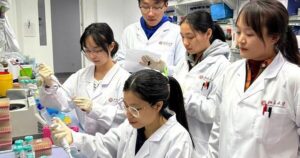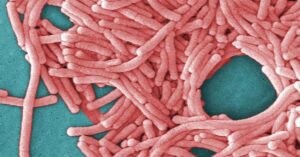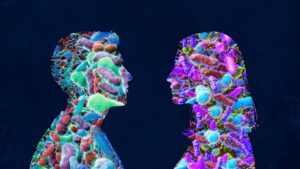
A recent study published in the American Journal of Clinical Nutrition has unveiled intriguing findings about how different sources of animal protein impact muscle growth in adults engaged in weight-training exercises. Conducted by researchers at the University of Illinois Urbana-Champaign, the study explored the effects of consuming high-fat versus lean ground pork burgers, each containing the same amount of protein, on muscle-protein synthesis.
The research, led by Professor Nicholas Burd and graduate student Žan Zupančič, adds to the growing body of evidence that the muscle-building response to high-protein foods is more complex than previously understood. “What we’re finding is that not all high-quality animal protein foods are created equal,” Burd explained.
Complexities in Muscle-Protein Synthesis
This study builds on previous research from Burd’s lab, which demonstrated that whole foods like whole eggs and salmon are more effective at stimulating post-workout protein synthesis than processed counterparts. These earlier findings suggested that the fat content in whole foods could enhance muscle-building rates in certain contexts.
In the new study, the team employed advanced techniques to measure muscle-protein synthesis in 16 young, physically active adults. The participants consumed either high-fat or lean ground pork burgers, formulated at the U. of I.’s Meat Science Laboratory, after engaging in a weight-training session.
“That took us a year because it was so hard to get those fat ratios correct,” Burd said, referring to the preparation of the pork patties.
Methodology and Findings
Participants were infused with isotope-labeled amino acids to track their incorporation into muscle tissue. Blood samples were collected to monitor amino acid levels, and muscle biopsies were performed before and after the exercise and feeding interventions.
Following the initial exercise session, participants consumed either a high-fat pork burger, a lean pork burger, or a carbohydrate drink. Subsequent muscle biopsies revealed that those who ate the lean pork burger experienced a greater rate of muscle-protein synthesis compared to those who consumed the high-fat burger.
“For some reason, the high-fat pork truly blunted the response,” Burd noted. “In fact, the people who ate the high-fat pork only had slightly better muscle-building potential than those who drank a carbohydrate sports beverage after exercise.”
Interpreting the Results
The unexpected findings challenge previous assumptions about the role of dietary fat in muscle growth. Burd speculates that the processing of the ground pork patties, which involved mixing fattier meat with lean, may have influenced digestion kinetics.
“There was a little larger rise in the amino acids available from eating lean pork, so it could have been a bigger trigger for muscle-protein synthesis,” Burd said. However, he noted that this effect seems specific to ground pork, as other whole foods like eggs and salmon appear to be more effective despite not causing a significant rise in blood amino acids.
Expert Opinions and Broader Implications
Experts in the field highlight the importance of considering both exercise and nutrition in optimizing muscle growth. “Most of the muscle response is to weight-training, and we use nutrition to try to squeeze out the remaining potential,” Burd emphasized.
This study underscores the complexity of dietary impacts on muscle growth and suggests that whole, unprocessed foods may provide a more potent stimulus for muscle-protein synthesis post-exercise.
“When it comes to eating after weight-training, what we’re finding is that some foods, particularly whole, unprocessed foods seem to be a better stimulus,” Burd said.
Future Directions and Funding
As researchers continue to explore the nuances of muscle-protein synthesis, this study opens new avenues for understanding the interplay between diet and exercise. The National Pork Board’s Pork Checkoff program supported this research, although they had no involvement in the study design, data collection, or analysis.
Moving forward, further studies could investigate other protein sources and their impact on muscle growth, potentially offering new insights for athletes and fitness enthusiasts aiming to optimize their dietary strategies.







